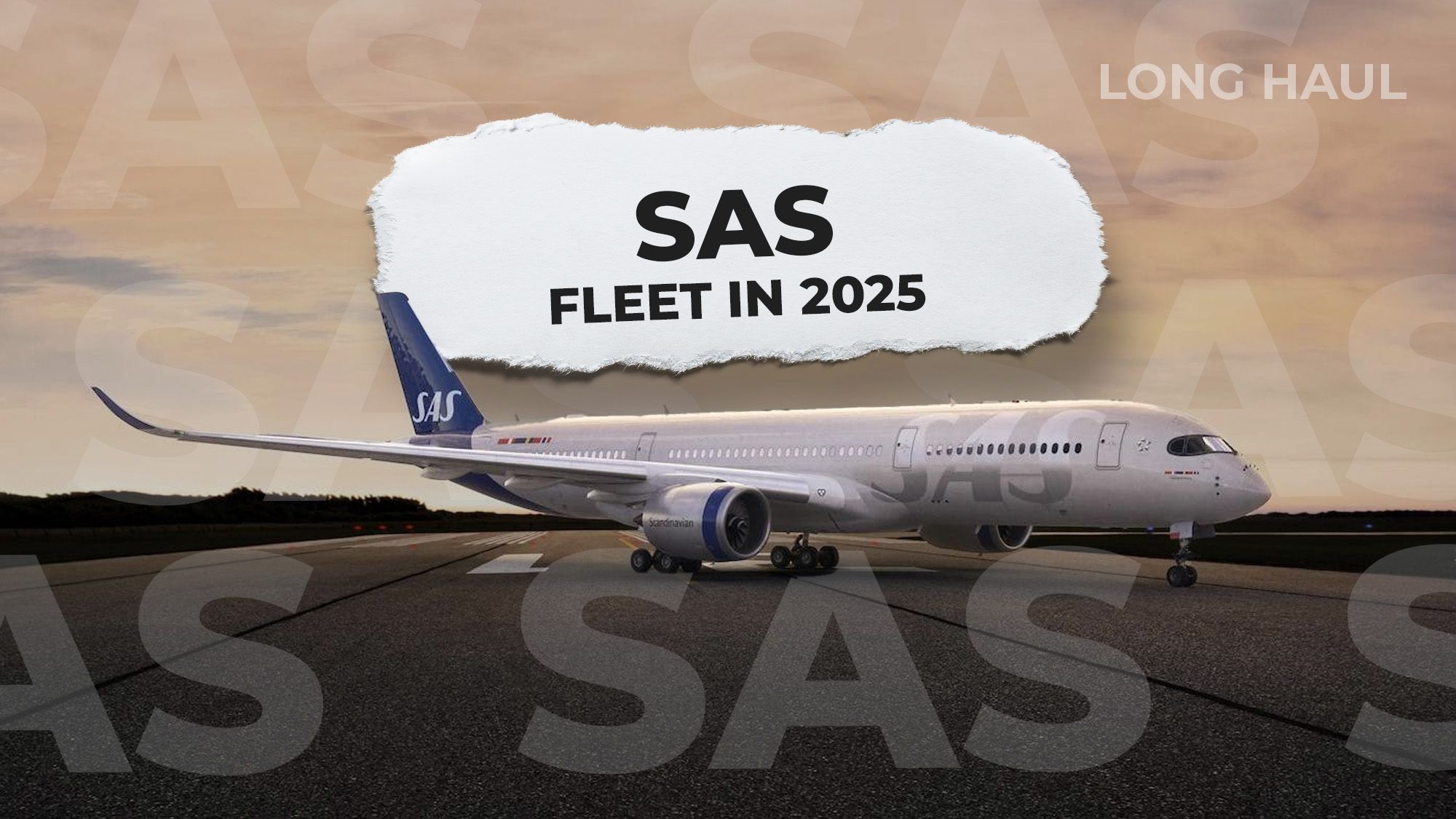World
Scandinavian Airlines Plans Fleet Reduction for Future Growth

Scandinavian Airlines System (SAS) is set to undergo significant changes to its fleet by 2025 as part of a strategic initiative to streamline operations and position itself for future growth. This adjustment comes as the airline navigates challenges stemming from the ongoing recovery in the aviation sector following the pandemic.
SAS, which serves as the flag carrier for Norway, Sweden, and Denmark, plans to reduce its fleet size while focusing on enhancing efficiency. The airline’s decision reflects a broader trend in the industry, where companies are reassessing their operations to adapt to changing market demands and economic conditions.
Details of the Fleet Strategy
By 2025, SAS aims to operate fewer aircraft but with a renewed emphasis on modern, more fuel-efficient models. This strategy aligns with the airline’s commitment to sustainability and reducing its environmental footprint. The fleet reduction will involve phasing out older aircraft that are less efficient and replacing them with newer models that offer better fuel economy and lower emissions.
According to SAS’s management, the transition is expected to yield cost savings and improve operational reliability. A company spokesperson stated, “This is not just about shrinking our fleet; it’s about ensuring we have the right aircraft to meet the needs of our customers while also adhering to our sustainability goals.”
Impact on Operations and Future Outlook
The decision to reduce the fleet size comes at a time when airlines are experiencing fluctuating passenger demand as travel patterns evolve. SAS’s leadership believes that by streamlining operations, they can better respond to market changes and enhance the overall travel experience for passengers.
While the airline is cutting back on the number of aircraft, it is also investing in technology and services that improve customer satisfaction. This dual approach is intended to solidify SAS’s position within the SkyTeam alliance and ensure competitiveness in a challenging market.
SAS’s fleet strategy underscores the airline’s commitment to adapting to the realities of the aviation landscape. With plans to implement these changes by 2025, the airline is poised for a transformation that aims to balance operational efficiency with customer-centric services.
As SAS moves forward, industry analysts will closely monitor the impact of these changes on the airline’s financial performance and market share in the coming years. The focus on sustainability, customer service, and operational efficiency may position SAS advantageously as it works to regain its footing in the post-pandemic aviation sector.
-

 Top Stories2 months ago
Top Stories2 months agoTributes Surge for 9-Year-Old Leon Briody After Cancer Battle
-

 Entertainment3 months ago
Entertainment3 months agoAimee Osbourne Joins Family for Emotional Tribute to Ozzy
-

 Politics3 months ago
Politics3 months agoDanny Healy-Rae Considers Complaint After Altercation with Garda
-

 Top Stories3 months ago
Top Stories3 months agoIreland Enjoys Summer Heat as Hurricane Erin Approaches Atlantic
-

 World4 months ago
World4 months agoHawaii Commemorates 80 Years Since Hiroshima Bombing with Ceremony
-

 Top Stories2 months ago
Top Stories2 months agoNewcastle West Woman Patricia Foley Found Safe After Urgent Search
-

 Top Stories4 months ago
Top Stories4 months agoFianna Fáil TDs Urgently Consider Maire Geoghegan-Quinn for Presidency
-

 World4 months ago
World4 months agoGaza Aid Distribution Tragedy: 20 Killed Amid Ongoing Violence
-

 World4 months ago
World4 months agoCouple Convicted of Murdering Two-Year-Old Grandson in Wales
-

 Top Stories3 months ago
Top Stories3 months agoClimbing Errigal: A Must-Do Summer Adventure in Donegal
-

 Top Stories3 months ago
Top Stories3 months agoHike Donegal’s Errigal Mountain NOW for Unforgettable Summer Views
-

 World4 months ago
World4 months agoAristocrat Constance Marten and Partner Convicted of Infant Murder









